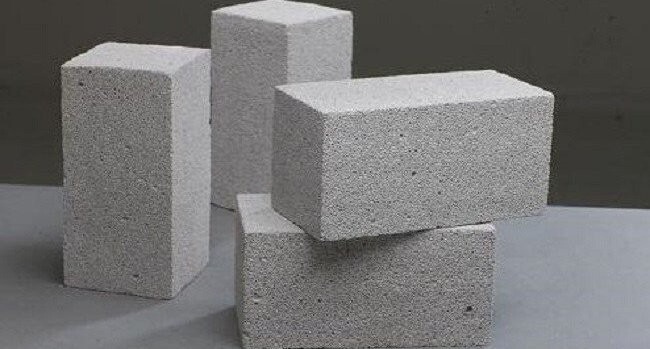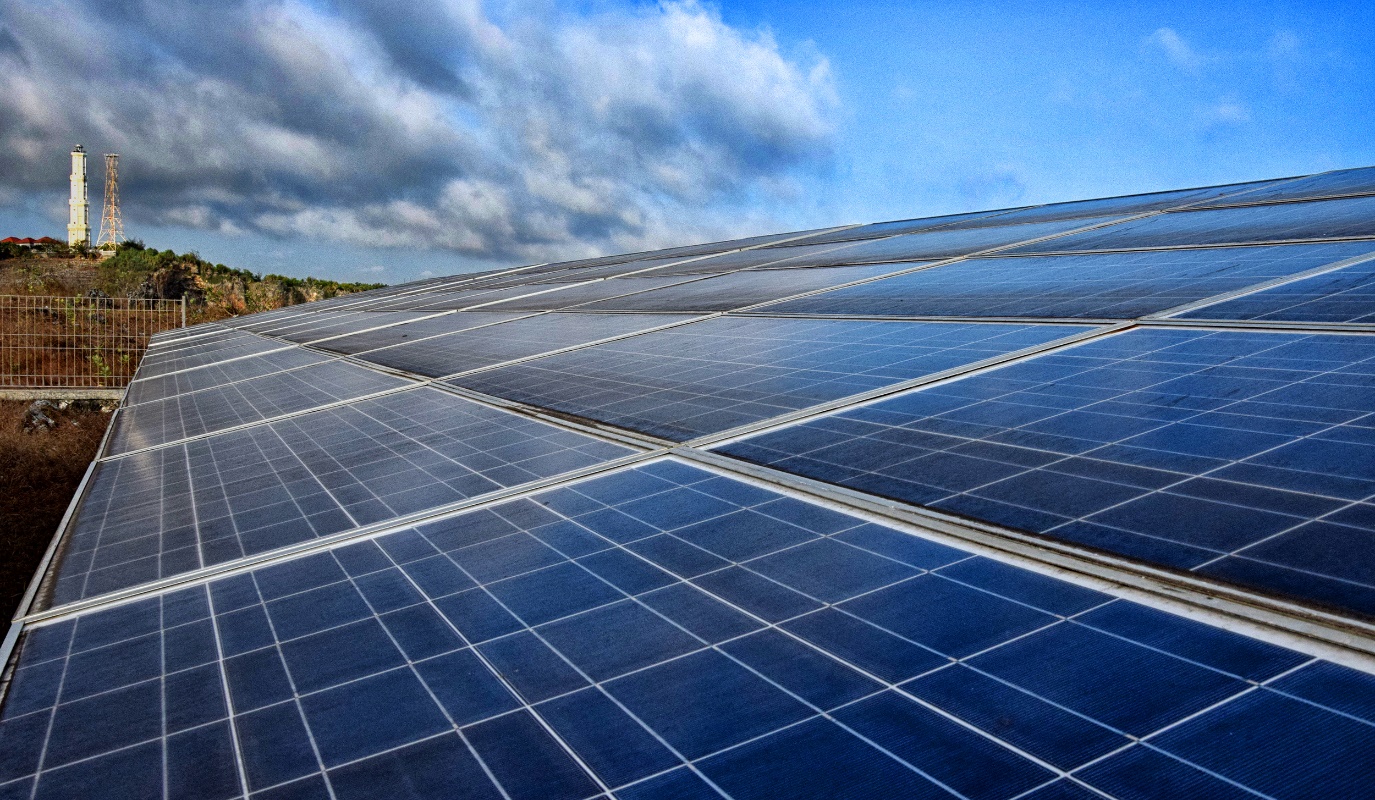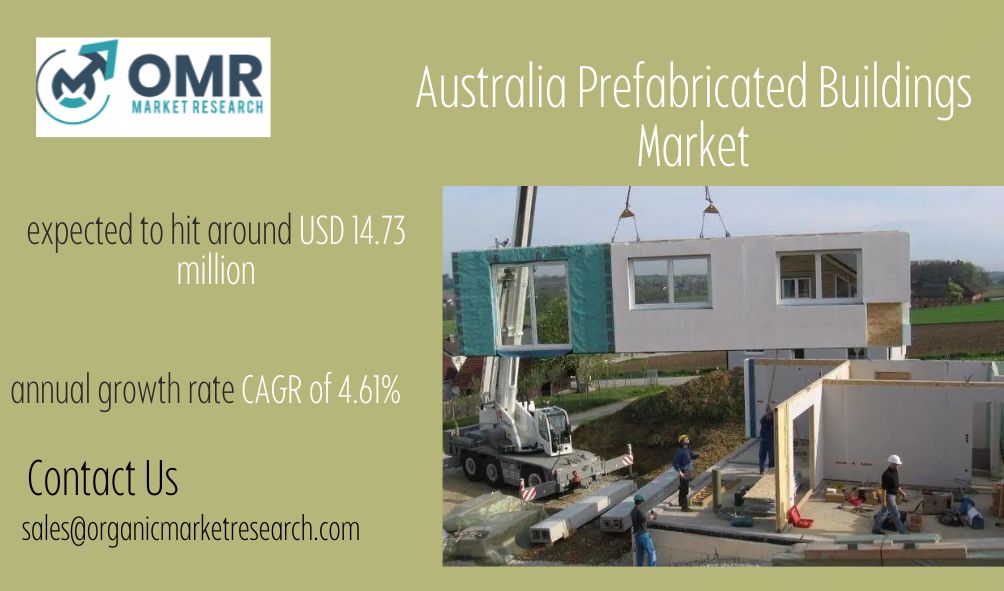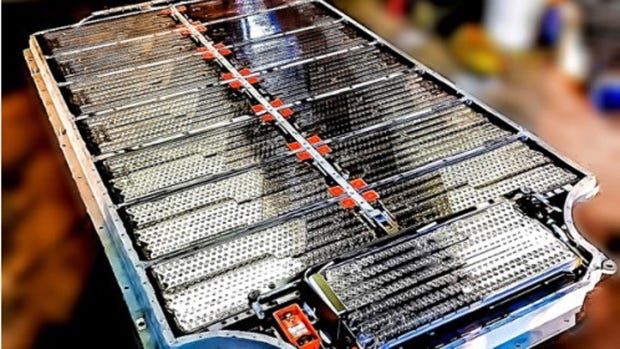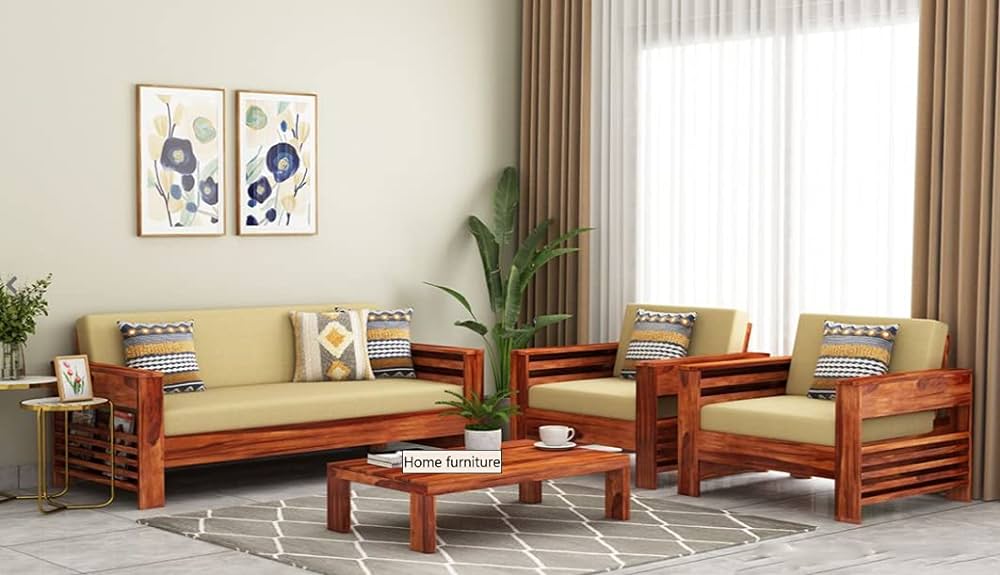Australia Prefabricated Buildings market size was USD 9.82 billion in 2023 and the market is projected to touch USD 14.73 billion by 2032, at a CAGR of 4.61% during the forecast period. Prefabricated buildings are constructed off-site and then assembled on site. Prefabricated buildings include a variety of types, such as residential homes, commercial offices, educational facilities, and industrial units. Components are fabricated in a controlled factory environment, allowing better quality control, accuracy and efficiency. The modules or components when completely fabricated and ready for assembly are delivered to the site. This method ensures the building assemble faster as it eliminates the time wastage at site and around the location. Australia’s prefabricated buildings market has seen significant growth. This increase can be linked to a number of the factors. First, there is increasing demand for cost-effective and time-efficient construction solutions. In areas like urban centers where cost of land and labor is high, the time needed to construct the building is important. Completion of the projects earlier than was previously possible is an added advantage to the developers and investors by cutting the time of construction and minimize associated costs. A value proposition given that investors and developers do not want their money and time tied down constructing the building for a long period. Second, there is increasing the demand due to concern in sustainable build and waste reduction. Implanted building contains, among other things, the steel that can be reused to create large, completely recyclable steel containers. They also reduce waste that would traditionally be generated on site through effective management of given resource and waste.
Australia Prefabricated Buildings report scope and segmentation.
Australia Prefabricated Buildings dynamics
Rising demand for quicker construction timelines and the subsequent narrowing of labor costs remain some of the primary market drivers. The overall trend is particularly evident in large densely populated urban areas such as Sydney and Melbourne where there is a persistent and growing lack of housing along with the ever-expanding need for social infrastructure and amenities. In its current state, the decided advantage of prefabricated building lies in their significant time-saving properties compared to traditional construction – thus developers and contractors alike can take advantage of the efficient project delivery.
Another major driver of market activity is the growing demand for sustainability and environmentally safe and friendly construction practices. Building in a greener way has become an international trend reinforced by the general awareness of the reality of climate change and future sustainability problems. The demand is expressed in the use of sustainable materials and design solutions for public buildings, in which Australia’s prefabrication market is no exception, with almost all prefabricated buildings complying with the country’s stringent green building standards and regulations. Another factor that will sustain and even accelerate the current market trend is the government incentives in every state promoting environmentally safe and friendly construction practices and practices building and growing tonnages of public buildings in compliance with the ever-stricter building codes.
Finally, a number of technological advances determine the main current market drivers. These advances include but are not limited to the evolution of new modular-type building fabrications, Building Information Modelling and the use of advanced manufacturing and CNC technologies. The overarching benefit of these advances is the quality of production with a heightened degree of measurement compared to partially manual work. The high degree of technological meddling in the creation of prefabricated buildings results in a decrease in the chances of human error and remains relevant because of the wide range of design determination for the specific project needs. Market-wise, the benefits of prefabricated buildings outweigh their drawbacks such as the fast-evaporating position taken by the unfinished and traditional building under the threat of speed of transport of large modular units. This and other weaknesses in the market space caused by on-site construction are simultaneously addressed by the current state of logistics industry advances that are specifically created to deal with complex supply chains and transport total mass chief solutions.
Australia Prefabricated Buildings drivers
Efficiency and Time Savings
One of the key drivers for the Australia Prefabricated Buildings market is the high degree of efficiency and time saving that goes into these types of construction. As mentioned previously, the prefabricated method involves constructing buildings in a factory-controlled setting, that is, the idea is they are constructed off-site. They can reduce on-site construction time by as much as up to 50%. This is also beneficial because it intersects with the developers and the investor’s desire to have their projects done as soon as possible. They can recoup labor costs, see new tenants and rapid returns of investment, especially, in urban sites with a housing shortage and a rapidly developing internal infrastructure.
Sustainability and Environmental Benefits
The pressing problem of global warming and other issues related to environment call for a need for more sustainable forms of buildings in Australia due to the growing awareness of the population and strict building standards. Considering the environmental aspect, any prefabricated type of the building is better than traditional building. This is due to the fact that manufacturers do not have to buy additional materials and insulation to build the walls and facade of prefabricated houses, as the structures are composed from the beginning to be transported prefabricated. Fewer materials are used, and the pre-installation industrial process generates less building waste, as well as the process is more energy-saving. In addition, such buildings are more flexible and can either use more eco-friendly materials or follow the sustainable design requirements. In addition, the actions of the government that support prefabricated construction as a form of green sustainable development push builders to implement this type of buildings in their projects. In addition, more emphasis on the environmental friendliness of urban development by the municipal authorities will question the use of prefabricated buildings to provide the target market.
- Restraints:
Perception and Quality Concerns
A significant restraint for the Australia Prefabricated Buildings market is the lingering perception of prefabricated structures as inferior in quality compared to traditional buildings. Overcoming these perceptions requires educating stakeholders about the advancements in prefabrication technology, quality control measures, and the ability of modular buildings to meet or exceed traditional construction standards. Addressing quality concerns is crucial for gaining broader acceptance among developers, architects, and end-users hesitant to adopt prefabricated solutions.
Logistical and Transportation Challenges
The transportation of large prefabricated modules from manufacturing facilities to construction sites poses logistical challenges. Specialized transport and handling are required, often involving coordination with local authorities for permits and road access. These logistical complexities can impact project timelines and costs, particularly for projects located in remote or congested urban areas. Addressing these challenges through improved logistics management and infrastructure planning is essential to enhancing the efficiency and cost-effectiveness of prefabricated building projects.
- Opportunities:
Customization and Design Flexibility
It is possible to enhance the flexibility of prefabrication with respect to customization by using technologies, such as Building Information Modelling, and advanced parametric design. Different forms of modular construction can benefit from various forms of design customization to cater to specific requirements and project sizes, ranging from simple residential homes to complex commercial structures. Moreover, by implementing such an approach, it is also possible to increase the marketability and outreach of flexible prefabrication solutions to architects, developers, and clients focused on unique design combined with the efficiency of offsite construction processes.
- Segment Overview
The main pre-manufactured building systems that are experiencing an increase in popularity in Australia will be discussed on the example of how they function and what the materials they are made of are. Prefabricated buildings in Australia are usually built by three types of methods: panelised construction, modular construction or the so-called volumetric construction, and hybrid or semi-volumetric construction. The first method implies the creation of prefabricated walls and floors, while the latter involves building sections or even complete made modules and then their transportation to the construction site where they are put together. There are variations of the first two methods called hybrid, because they are made off-site with the use of the lefting technique that allows to build modules separately and used them together in another place. The hybrid is the best option for a first-time builder who needs a place to be constructed fast, but who also has special preferences concerning the design of the facility.
As far as materials are concerned, there are many types of materials used for the construction of prefabricated buildings in Australia. For instance, aluminium is an incredibly lightweight material that also has strong resistance to corrosion, so it can be used for the manufacturing of facades and roofing. Aluminium is almost twice lighter than steel, so it can also help reduce the building’s weight. The second well-respected material for prefabricated buildings in Australia is wood, because it is a renewable source and it is cheap to chop and manipulate with. In prefabricated construction, wood is equally useful to create modules for residential buildings and eco-friendly homes. As an option, other timber-based materials can be used, like plywood, but with the focus on its set-off ecological effect. Another widely-used material for construction in Australia prefabricated buildings is iron & steel due to their resistance and strength, so mostly they’re used for creating built frames and other industrial applications. I think that among all the materials listed in this answer, I like concrete the best. It is a great first option, because it is both sturdy and has certain thermal properties. With the addition of a mixture of chemicals or special appliances, concrete can achieve the density needed for its application. Concrete has a wide range of applications and is widely used in prefabricated construction for constructing foundations and walls. Glass is another widely used material for prefabricated constructions in Australia, because it allows the building to have many more natural lighting and it is an attractive material from a makeup stand. More variations of materials include composite panels, plastics, and a set-off wood waste.
Australia Prefabricated Buildings market competitive landscape
Lendlease Group, Hickory Group, Fleetwood Corporation Limited, and Strongbuild, being the main contributors in the market share, can be included in the group of key players on the market. The strong presence of these companies is driven by their ability to design and manufacture a broad set of prefabricated solutions across residential, commercial, and institutional sectors. These companies have large exposure in designing, manufacturing, and project managing of all type of prefabricated buildings. Several major international players are also making a notable contribution to the market by sharing best practices and technological advancements of modular and panelised construction because many of the largest global prefabricated companies can offer advanced design and manufacturing capabilities, and environment control systems. As a result, Laing O’Rourke became one of the largest companies in term of market cap (Yahoo finance market cap. n.d.). Other large international groups to enter the prefabricated building sector in Australia were CIMC Modular Building Systems and Kwikspace Modular Buildings Pty Ltd. However, the number of Australian start-ups and technology-driven prefabricated and modular building systems companies. Gazcon is the example of the start-up that make a highly innovative patented prefabricated mainstream and addition in the domestic market. Government incetives, including funding of furniture and constructions products, intensely elevate the competition within the industry, supporting technology advancements and new materials implementation. Making a bid on funding from these sources firms can participate in the corporation with universities and research institutions to develop new technologies for improved construction prefabrication.
Scope of Australia Prefabricated Buildings report
In case you don’t find what, you are looking for, please get in touch with our custom research team at
Latest Report
Contact Us
+91 9319642100
sales@organicmarketresearch.com
Noida One Tower Sec 62 Noida 201301
Website: https://organicmarketresearch.com



